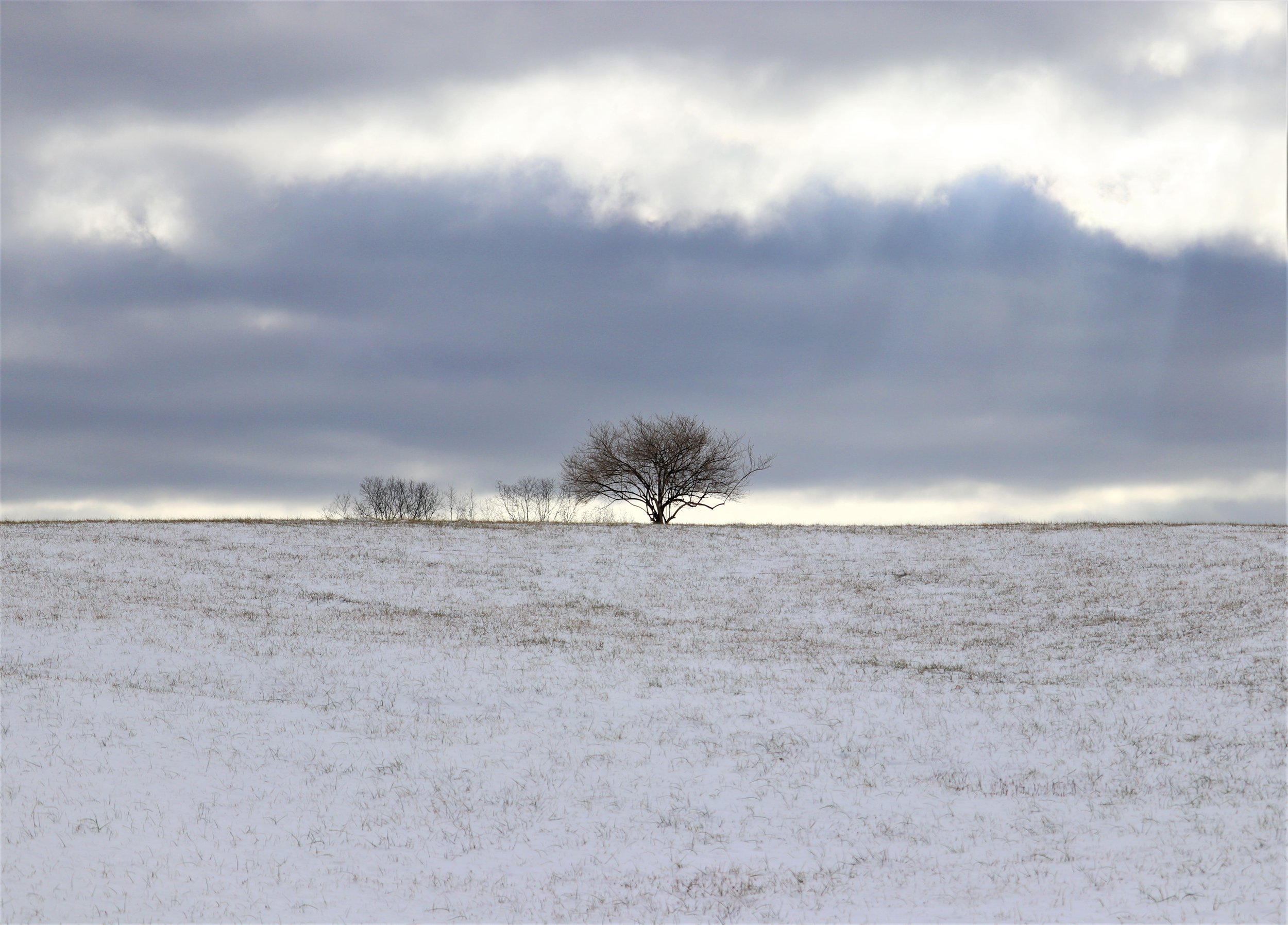Land Acknowledgement
We honor the land and recognize it as sacred. The place we call the Twin Cities is built on Mni Sota Makoce (Minnesota), the ancestral and contemporary lands of the Wahpekute Dakota. We honor Dakota lifeways that nurture deep relationships of reciprocity and care for the land and water.
Members of the Land Conservation Natural Burial Project are committed to continuing to educate ourselves and our communities about the history of this land. These written words are only a beginning and we acknowledge our need to nurture and deepen our relationships with the land and Indigenous people of this place.
Our work is to conserve land and create ways for the human community to do less harm in our living and our dying that is rooted in justice and equity. We will strive to create options for after-death care that restore and heal the earth – one body at a time.
Native Land, an Indigenous-led non profit in Canada, has created this interactive website to learn whose land you are on.
The landscape of Indian Mounds is a sacred place of burial. It is home to the only known remaining burial mounds within the Minneapolis-Saint Paul urban core. It is a cemetery built by ancestors of living people. The place has deep significance to the Upper Sioux Community, Lower Sioux Community, Shakopee Mdewakanton Sioux Community, Prairie Island Indian Community, Ho-Chunk Nation of Wisconsin, Iowa Tribe of Kansas and Nebraska, Sisseton-Wahpeton Oyate, and other descendants of those who are buried here. (Source: Indian Mounds Regional Park website)

A view of Indian Mounds Park in St. Paul, around 1898, looking south along the Mississippi River.
Source: Minnesota Historical Society
